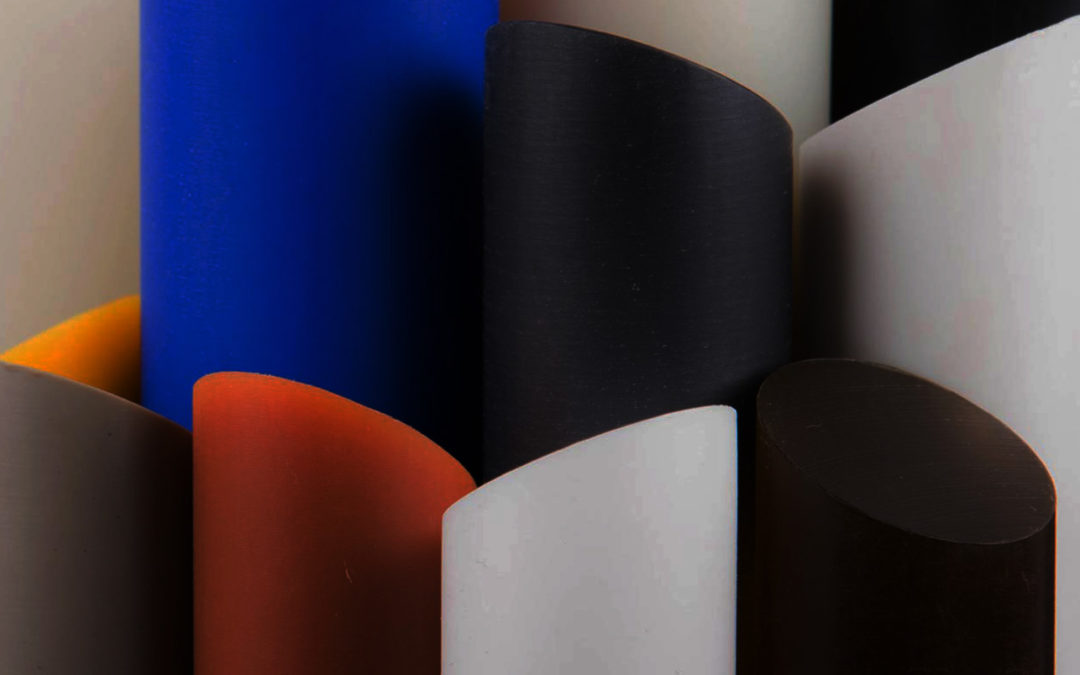Introduction
The Indian plastics industry made a promising beginning in 1957 with the production of polystyrene. Thereafter, significant progress has been made, and the industry has grown and diversified rapidly. The industry spans the country and hosts more than 2,000 exporters. It employs about 4 million people and comprises more than 30,000 processing units, 85-90 percent of which are small and medium-sized enterprises.
- Export of plastic products from India increased by 17.1 per cent to US$ 8.85 billion in 2017-2018 as compared to US$ 7.56 billion in 2016-17.
- Exports of plastic raw materials stood at US$ 3.24 billion in 2017-18
- During 2017-18, major importers of Indian plastic products were US (US$ 1.11 billion), China (US$ 728.31 million), UAE (US$ 440.81 million), Italy (US$ 403.94 million), Germany (US$ 367.02 million), Turkey (US$ 334.18 million), UK (US$ 318.25 million), Bangladesh (US$ 257.14 million) and Nepal (US$ 205.82 million)
- The Indian plastics industry produces and exports a wide range of raw materials, plastic-moulded extruded goods, polyester films, moulded / soft luggage items, writing instruments, plastic woven sacks and bags, polyvinyl chloride (PVC), leather cloth and sheeting, packaging, consumer goods, sanitary fittings, electrical accessories, laboratory / medical surgical ware, tarpaulins, laminates, fishnets, travelware, and others.
- The Indian plastics industry offers excellent potential in terms of capacity, infrastructure and skilled manpower. It is supported by a large number of polymer producers, and plastic process machinery and mould manufacturers in the country.
- Among the industry’s major strengths is the availability of raw materials in the country. Thus, plastic processors do not have to depend on imports. These raw materials, including polypropylene, high-density polyethylene, low-density polyethylene and PVC, are manufactured domestically.

